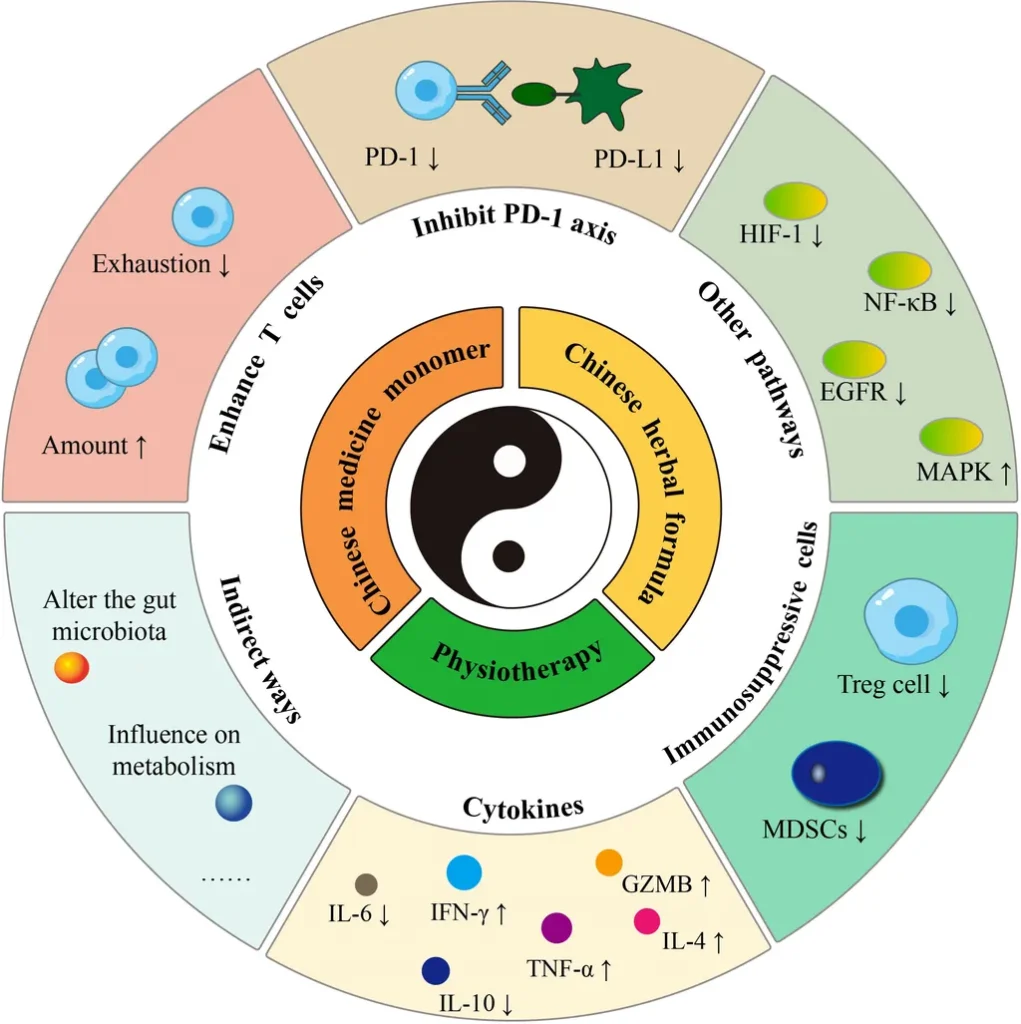In the rolling hills of China, where traditional medicine meets modern agriculture, a humble herb is gaining attention for its remarkable sensitivity to water—a discovery that could reshape the way we cultivate high-value medicinal plants. Panax notoginseng, a prized herb in traditional Chinese medicine, is the subject of a groundbreaking study led by WANG Qijian from the School of Electronic Engineering/School of Intelligent Manufacturing at Anhui Xinhua University. The research, published in the journal ‘Guan’gai paishui xuebao’ (translated to ‘Hydrology Journal’), sheds light on how water stress influences the growth, quality, and disease resistance of this valuable crop.
Panax notoginseng is renowned for its high content of bioactive saponins, compounds that have a wide range of medicinal properties. However, its growth and quality are highly sensitive to environmental conditions, particularly water availability. WANG Qijian and his team set out to investigate how different levels of water stress affect the herb’s physiological traits, yield, and quality. Their findings could have significant implications for the agricultural sector, particularly for farmers and companies involved in the cultivation of high-value medicinal plants.
The study involved four different water stress treatments, ranging from 4.29 mm to 12.86 mm of irrigation. The researchers measured various growth traits, physiological characteristics, and yield parameters throughout the experiment. They found that the optimal water stress level for Panax notoginseng was 7.14 mm, a treatment they labeled W2. “At this level, the plant showed the highest growth rates, with maximum plant height, stem diameter, leaf length, and leaf area,” WANG Qijian explained. “Moreover, the net photosynthetic rate and transpiration rate were also at their peak, indicating that the plant was able to efficiently convert light energy into chemical energy and regulate its water use.”
The accumulation of active ingredients, which are crucial for the herb’s medicinal value, was also the highest in the W2 treatment. The researchers found that the maximum above-ground dry mass and fresh mass were 6.15 g and 6.38 g, respectively, while the maximum dry and fresh mass of the roots were 1.64 g and 3.66 g. The total yield in the W2 treatment was an impressive 1,315.82 kg per hectare. “The concentration of key saponins, such as notoginsenoside R1, ginsenoside Rg1, Re, Rb1, Rd, and total saponins, were also at their highest in the W2 treatment,” WANG Qijian added.
One of the most intriguing findings of the study was the effect of water stress on leaf disease incidence. The researchers observed that as water stress increased, the incidence of leaf disease initially decreased but then increased. The W2 treatment was the most effective in inhibiting leaf disease, with a disease incidence of just 3.94%. “This suggests that there is an optimal level of water stress that can enhance the plant’s resistance to diseases,” WANG Qijian noted.
The researchers used the TOPSIS (Technique for Order Preference by Similarity to Ideal Solution) method to evaluate the impact of irrigation amount on the quality of Panax notoginseng. They found that the Ci value, which represents the comprehensive quality index, was the highest in the W2 treatment. This further confirms that a single irrigation amount of 7.14 mm is optimal for the growth and quality of Panax notoginseng.
The implications of this research are far-reaching. For farmers, understanding the optimal water stress levels for Panax notoginseng can lead to improved yields and higher-quality products, ultimately increasing their profitability. For companies involved in the production and distribution of medicinal herbs, this knowledge can help them make informed decisions about irrigation practices and resource allocation. Moreover, the findings could pave the way for the development of precision agriculture technologies tailored to the needs of high-value medicinal plants.
As the demand for natural and traditional medicines continues to grow, the cultivation of Panax notoginseng and other medicinal plants is likely to expand. This research provides valuable insights into how water management can be optimized to enhance the growth, quality, and disease resistance of these valuable crops. In the words of WANG Qijian, “By understanding the intricate relationship between water stress and plant physiology, we can unlock the full potential of Panax notoginseng and other medicinal plants, benefiting both the agricultural sector and the consumers who rely on these natural remedies.”
As the world grapples with the challenges of climate change and resource scarcity, research like this offers a glimmer of hope. By harnessing the power of science and technology, we can develop sustainable and efficient agricultural practices that meet the needs of a growing

